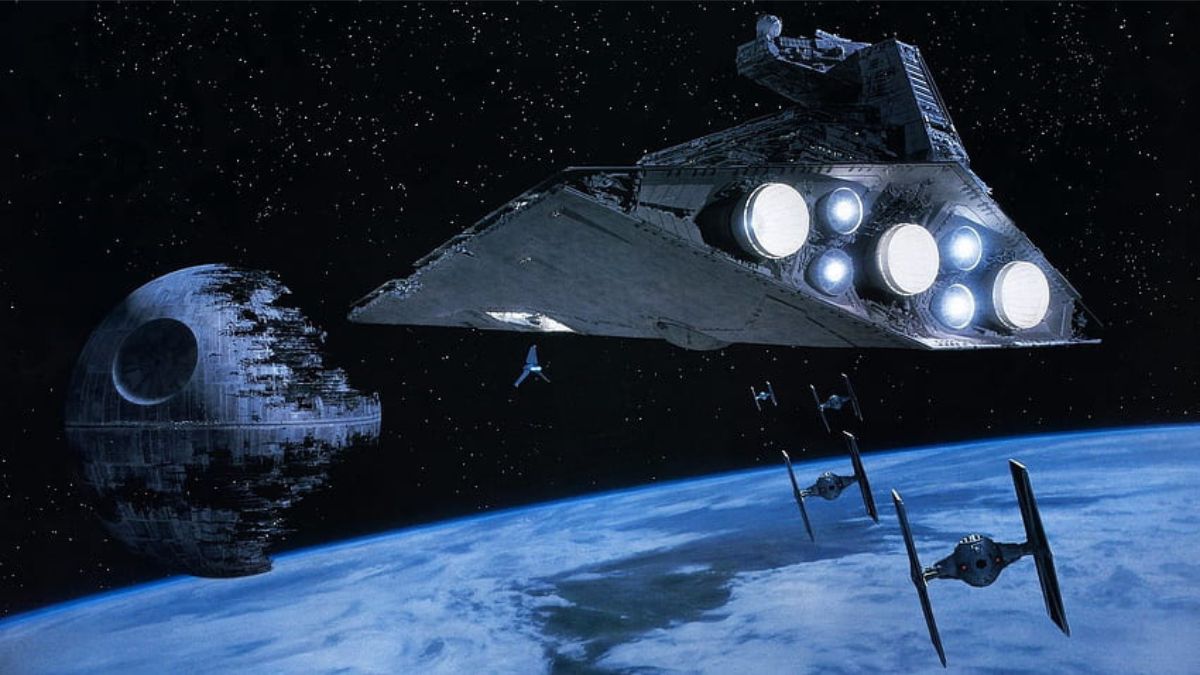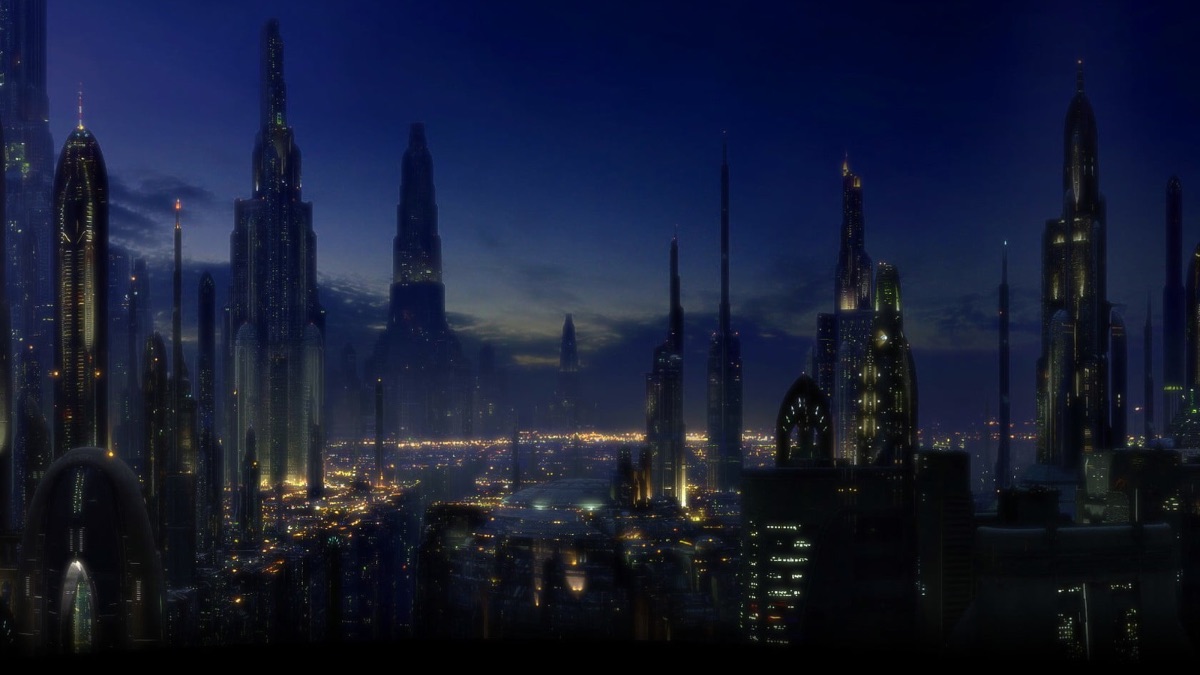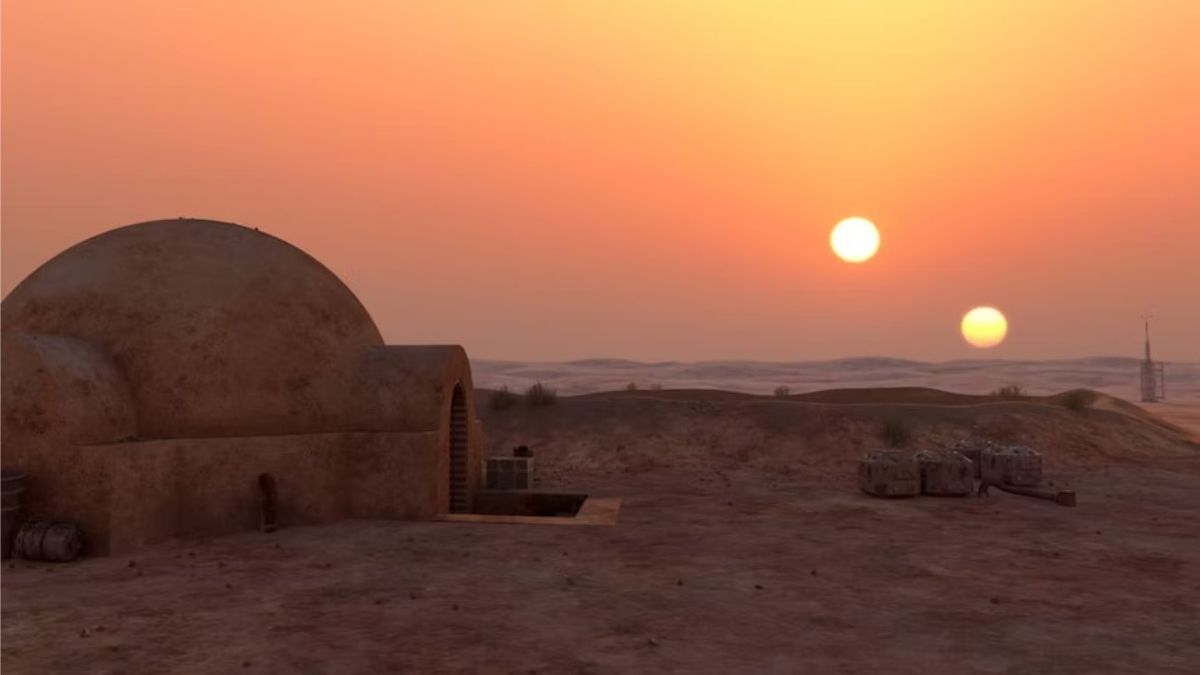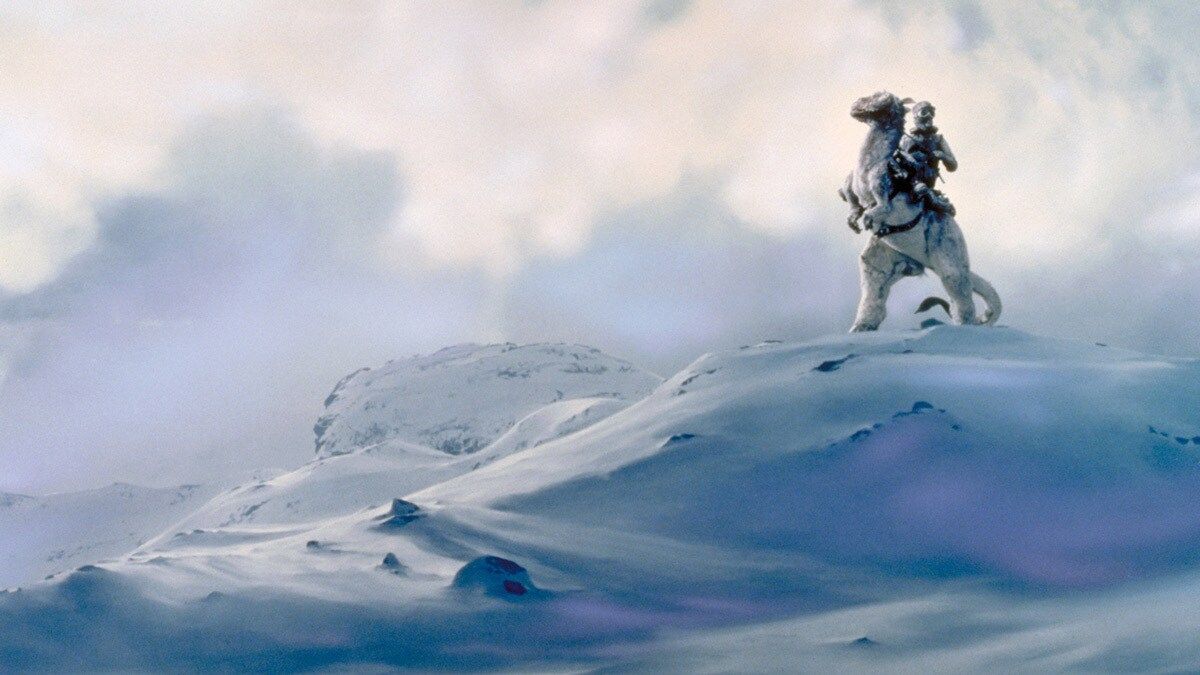Star Wars: Here’s How Long a Rotation Is

Join the community on Reddit for the latest Marvel & DC news!
In Star Wars, they sometimes refer to things with different names than we use in the real world. For example, most people would see a droid and just think of a robot, but in the Star Wars universe, they are always referred to as droids. This is just one of the many things that makes Star Wars unique and separates it from the real world. In ‘Ahsoka’ Episode 5, we discover that Ahsoka was knocked for a full rotation after her battle with Baylan Skoll. You may be wondering what that even is. That’s where we come in! Here’s what a full rotation is in Star Wars!
Simply put, a full rotation is a full day relative to the local planet, with a cycle being a full year. The average time cycle is based on the solar cycle on Coruscant, which was set by the Republic, where the days last 24 hours, and a full year is 368 rotations. This can differ on other planets that are on the Outer Rim or do not belong to the Republic.
Now that we have briefly discussed what a rotation is and the cycle is, let’s analyze them in more detail. If you’re interested in how rotations and cycles work on other planets, how it’s measured, and more about how they measure time in Star Wars, stay with us and keep reading!
Rotation in Star Wars, fully explained

A rotation in Star Wars is a full day that is local to the planet. While a typical rotation is based on the 24-hour days in Coruscant, it can differ from planet to planet. Planets that belonged to the Republic and then later the Empire typically followed a full 24-hour rotation with 365 to 368 rotations a year.
Some planets like Tatooine can have slight differences, with a full rotation being an hour shorter at 23 hours, but their full year is 304 local rotations. Other planets, like Geonosis, have a rotation of 30 hours, six hours more than the Republic rotation period. Whenever you hear a character refer to a rotation in Star Wars, they typically refer to the standard Republic rotation.
How long is a cycle?
A full cycle in Star Wars, sometimes called a full solar cycle, is a year. Coruscant is a full 368 days, with planets that follow this time being the same. Other planets like Tatooine have a cycle of 304 rotations, which is much shorter than the standard Republic measurements.
As easy as it would be to say Luke Skywalker is 19 cycles old, things like that are measured based on how many years it happened before the Battle of Yavin. After the Battle of Yavin, years were mostly measured based on how long before it happened or how long after it happened. An example of this would be to say that Order 66 happened 19 BBY or that ‘The Empire Strikes Back’ takes place 3 ABY.
How are cycles and rotations measured?

Cycles and rotations are measured in Star Wars based on the Galactic Standard Time, or GST for short. This had been used during the era of the Republic and for the first 19 years of the Empire’s reign. This was based on Coruscant’s time scale, with a single rotation of 24 hours and a solar cycle of 368 days. They followed this calendar when the Empire took over but changed it after the Battle of Yavin. When the Battle of Yavin changed, the years were changed to either BBY or ABY.
It is believed that both the Old Republic and the High Republic also used the GST calendar, which was not changed until the Battle of Yavin.
What planets don’t follow GST?
Tatooine and Geonosis are systems that do not follow the GST. Just like other planets that don’t follow it, this is because they don’t belong to the Republic. We learn that in the prequel trilogy, Geonosis is a planet that was run by the separatists and used its own calendar. Tatooine was a planet that was inhabited by no politics and run by its own time. This was because it was seen as out in the middle of nowhere and didn’t have much to offer either the Republic or the Separatists.
One way to distinguish if a planet follows the GST calendar is to examine how the planet is run and the laws they have in place. For example, the majority of Tatooine is run by the Hutts. They are not part of the Republic, as they allow slavery and other unlawful acts to happen on the planet. Another planet that follows its own calendar is Hoth. The snowy planet was uninhabited until the Rebels built their base there. One solar cycle for Hoth lasted 526 rotations, each lasting 23 hours.

Mustafar was another system that followed it’s own calendar. It had 412 rotations, with each day lasting 36 hours. This makes it one of the longest rotations we have seen thus far. The Separatists also inhabited Mustafar during the Clone Wars and eventually became the location for Darth Vader’s Castle.
Have anything to add? Let us know in the comments!
Liked this article? Join the community on Reddit for the latest Marvel & DC news!

